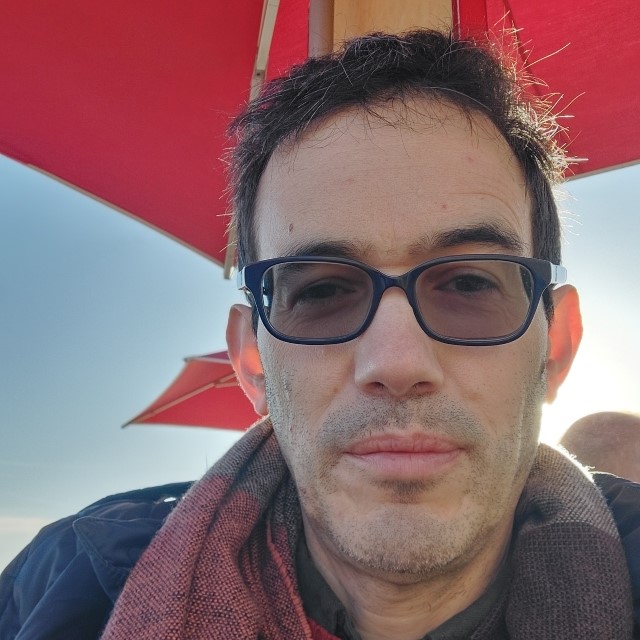Dominic Janes, Professor of Modern History

I came out as gay in 1990 which was a time of considerable public hostility to queer people in the context of the AIDS crisis. It was a time when some people became very politicised, whereas others lived more discrete lives. I did not have any role models at my university in LGBTQ history and, partly as a result, I wrote my PhD on the history of religion. And yet there, hiding in plain sight, I soon discovered a plentiful source of queer material for my research.
Q. Why do you think it’s important to have out and visible LGBTQ+ people in the University?
In my own work I have focussed on a range of issues but I keep circling back to a preoccupation with LGBTQ visibility. Being conspicuous can make you a target for discrimination but being invisible can mean being forgotten and erased. It is really important that queer people are empowered to manage their own forms of visibility and audibility in the University as in everyday life. This is a matter of self-respect as well as a statement that our embodiment of diversity is an essential part of bringing diversity of experience to higher education.
Q. What is it like ‘coming out’ as an LGBTQ+ person?
I used to think that coming out was a sudden movement in a binary from being secret to being public. But my experience has been that things are more complex than this binary opposition might suggest. Identities, at the moment, are complex and often seen as overlapping and potentially fluid. This means that being out and about anywhere on the LGBTQ+ rainbow is an ongoing process of thinking about who you are becoming. That journey can be scary but also exciting.




